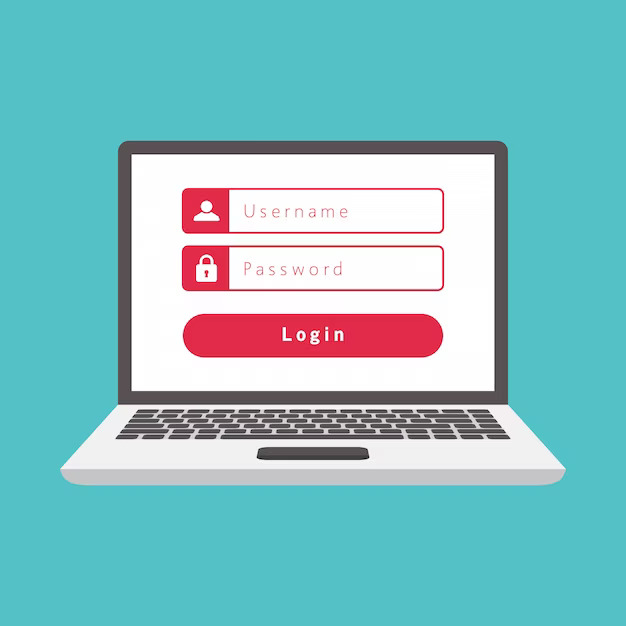Change Through the WordPress Admin Dashboard
Change Your WordPress Username Using A Plugin
Your WordPress username serves as your digital identity within the platform.
It is essential for logging in, managing your website, and engaging with the WordPress community.
While WordPress assigns a default username during the initial setup, you may find the need to change it later for various reasons, such as security or personal preference.
In this article, we will walk you through the process of changing your WordPress username, ensuring a smooth transition without any hassle.
Change Through the WordPress Admin Dashboard
1.Log in to your WordPress Admin Dashboard
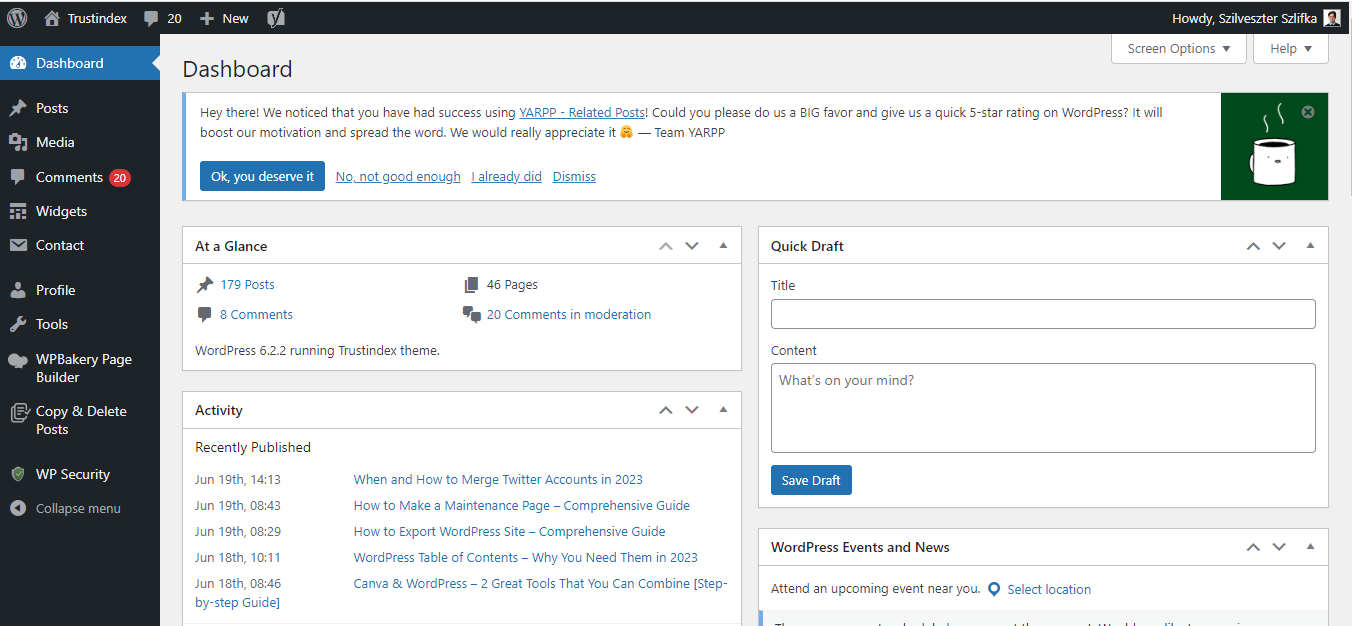
To get started, log in to your WordPress Admin Dashboard using your current username and password.
This dashboard is where you manage your website’s settings, themes, plugins, and content.
2.Access the User Profile Page

Once logged in, locate and click on the “Users” tab in the left-hand menu of the dashboard.
From the dropdown, select “Your Profile.”
This will take you to your user profile page, where you can make changes to your account settings.
3.Choose a New Username
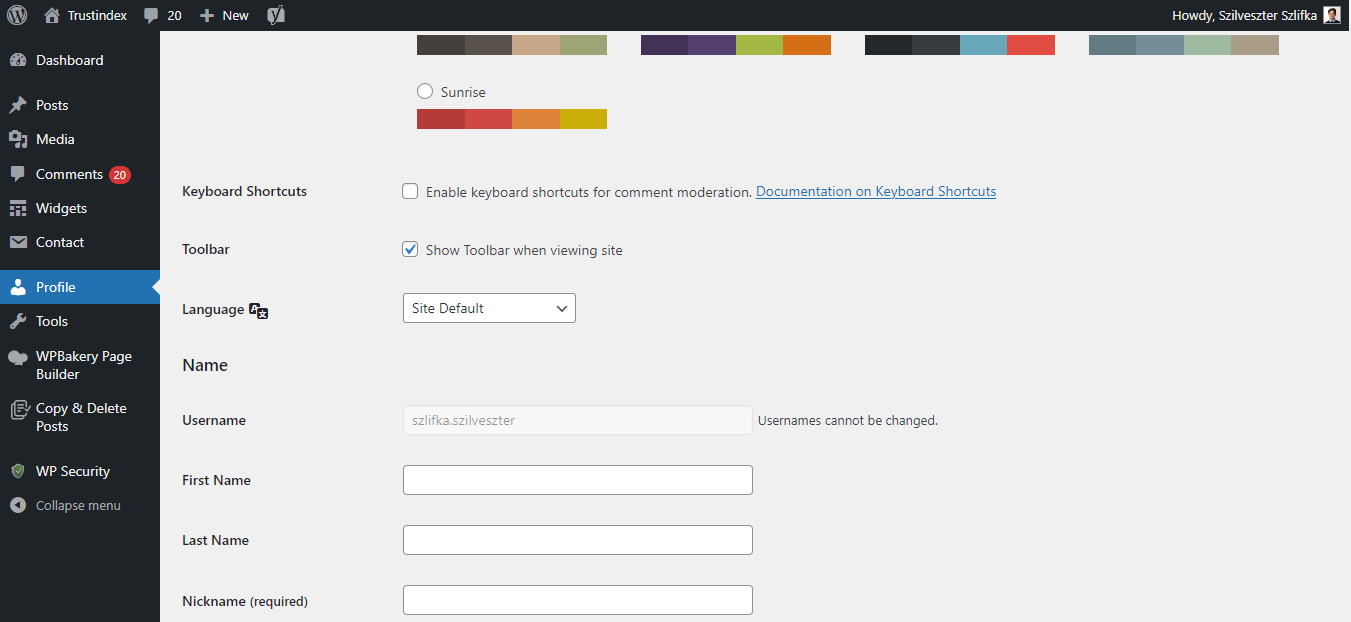
On the user profile page, scroll down until you find the “Username” field.
By default, WordPress does not allow you to change your username directly from this page. However, there is a workaround to achieve this.
Open a new browser tab or window and log in to your WordPress website as an administrator using a different account.
4.Create a New Administrator Account

To create a new administrator account, navigate to the “Users” tab in the WordPress Admin Dashboard and click on “Add New.”
Fill in the required information, including a new username, email address, and a strong password.
Ensure that you select the “Administrator” role from the dropdown menu.
Once done, click on the “Add New User” button to create the new account.
5.Log in with the New Administrator Account

Now, log out of your WordPress account and log in again using the newly created administrator account.
This step is necessary to change your existing username.
6.Delete the Old User Account

After logging in with the new administrator account, return to the “Users” section of the WordPress Admin Dashboard.
Locate your old user account and hover over it to reveal the available options.
Click on “Delete” to remove the old user account from the system.
WordPress will prompt you to attribute all posts and links to a new user.
Select the new administrator account you just created and click “Confirm Deletion.”
7. Update the Display Name
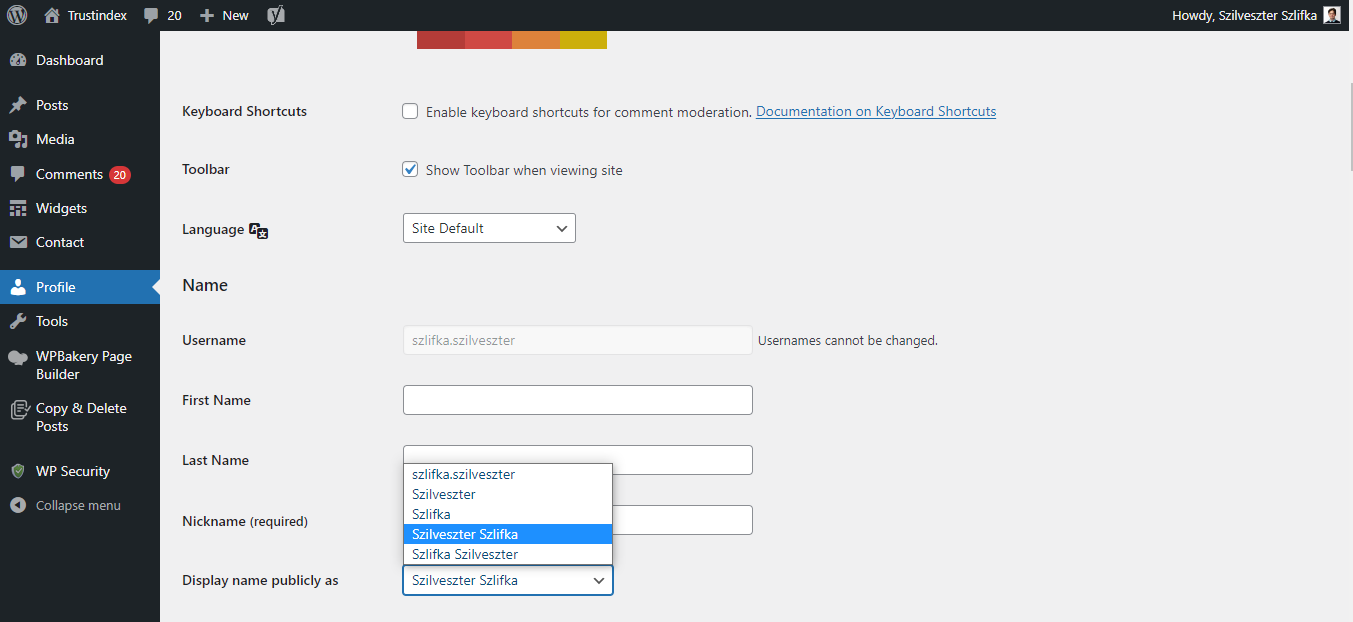
With the old user account deleted, your new administrator account now holds all your content and settings.
To update your display name, navigate back to the user profile page by clicking on “Users” and then “Your Profile.“
Under the “Display Name” section, select the desired name from the dropdown menu.
This name will be used publicly to identify you across your website.
8.Save Changes and Verify
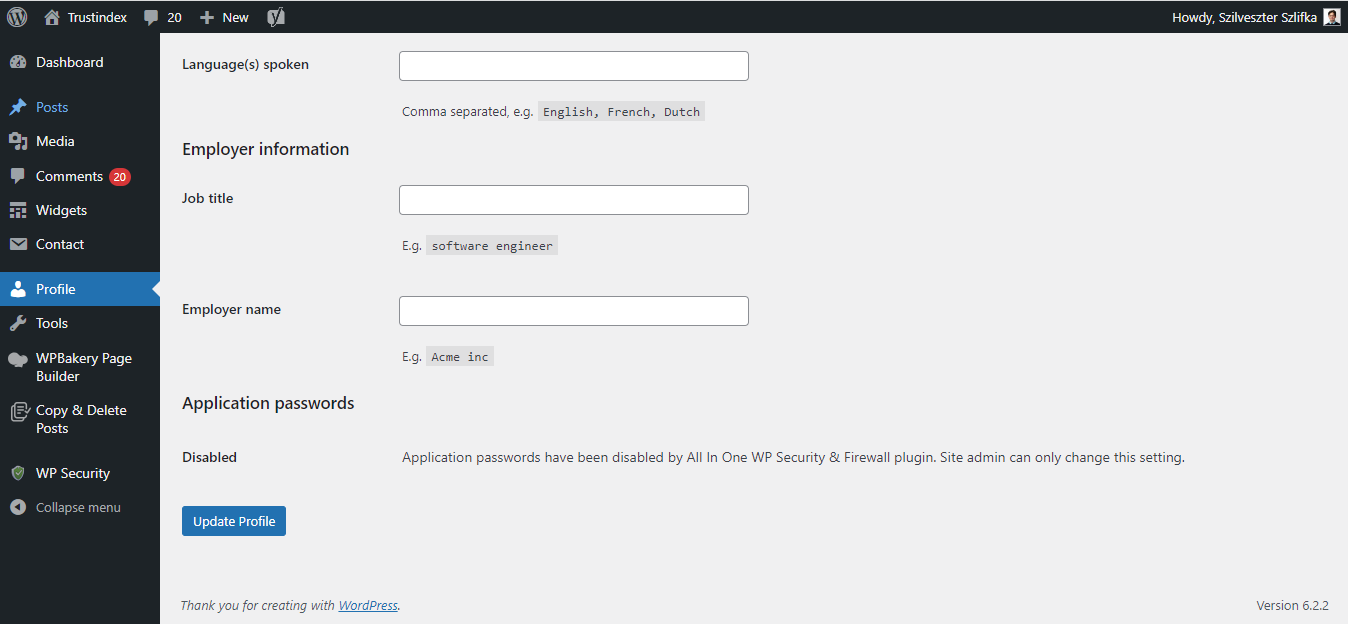
After updating your display name, scroll down to the bottom of the page and click on the “Update Profile” button to save the changes.
To confirm that the new username has been successfully updated, log out of your WordPress account and log back in using your new username and password.
Change Your WordPress Username Using A Plugin

Using a WordPress plugin is one of the simplest and user-friendly ways to change your WordPress username. Here’s how you can do it:
- Log in to your WordPress Admin Dashboard.
- In the left-hand menu, click on “Plugins” and then select “Add New.”
- In the search bar, type the name of a username-changing plugin, such as “Username Changer” or “Simple Usernames.”
- Once you find the desired plugin, click on the “Install Now” button next to it.
- After the installation is complete, click on the “Activate” button to activate the plugin.
Now that the plugin is activated, you can proceed with changing your WordPress username:
- In the WordPress Admin Dashboard, locate the plugin’s settings. It is usually found under the “Users” section or has its own dedicated menu.
- Access the plugin’s settings page.
- Follow the instructions provided by the plugin to change your username. Typically, you will need to select the user whose username you want to change and enter the new desired username.
- Save the changes by clicking on the “Save” or “Update” button within the plugin settings.
The plugin will handle the process of updating your WordPress username and ensuring that the changes are reflected correctly.
It may also take care of updating any associated data, such as author names or display names, to match the new username.
Using a WordPress plugin simplifies the username-changing process and eliminates the need for manual database modifications or complex technical steps.
However, it’s important to choose a reliable and well-reviewed plugin from the official WordPress plugin repository to ensure compatibility and security.
Manually Changing Username in the WordPress Database

Manually changing the username in the WordPress database requires accessing the database directly and modifying the relevant table.
Here’s a step-by-step guide on how to do it:
Important: Before making any changes to your WordPress database, it is crucial to back up your website and database files as a precautionary measure.
- Access your WordPress hosting account or use a database management tool like phpMyAdmin.
- Locate and access the WordPress database associated with your website. This information is usually available in your hosting control panel or provided by your hosting provider.
- Launch phpMyAdmin or any other database management tool you prefer.
- In phpMyAdmin, select the WordPress database from the left-hand sidebar.
- Locate and click on the “wp_users” table (the table prefix may vary depending on your WordPress installation).
- Look for the row corresponding to the user whose username you want to change and click on the “Edit” (pencil) icon or link for that row.
- Find the “user_login” column and update the value to your new desired username.
- After modifying the username, click on the “Go” or “Save” button to save the changes in the database.
Note: Ensure that you only modify the “user_login” column and not any other columns or data in the database table.
Once you’ve made the changes in the database, your WordPress username will be updated accordingly.
You can then log in to your WordPress Admin Dashboard using the new username.
Keep in mind that manually modifying the database requires technical knowledge, and any incorrect changes can result in website issues or data loss.
Therefore, it is recommended to proceed with caution and make a backup of your database before performing any manual changes.
Conclusion
Changing your WordPress username is a straightforward process that involves creating a new administrator account, transferring your content to it, and updating your display name.
By following the step-by-step guide outlined above, you can seamlessly change your WordPress username and maintain your online presence without any disruptions.
Remember, keeping your username up to date can contribute to your website’s security and overall user experience.
If you liked this article,consider reading another about Installing WordPress here.
FAQ
Yes, to change your username in WordPress, you typically need an administrator account.
The administrator account has the necessary permissions to modify user profiles and settings, including the ability to change usernames.
If you have an administrator account, you can log in to the WordPress Admin Dashboard using those credentials and follow the steps outlined in the methods mentioned earlier to change your username.
There could be several reasons why you may encounter difficulties or limitations when trying to change your WordPress username.
Here are a few possible explanations:
User Role Restrictions: Some WordPress websites may have specific user roles with restricted capabilities.
If your user account has a role other than Administrator, it might not have the necessary permissions to modify usernames.
Only administrators typically have the ability to change usernames.
Plugin or Theme Limitations: Certain plugins or themes may impose restrictions on changing usernames.
These limitations could be intentional or imposed by the plugin or theme developer to maintain data integrity or prevent potential security risks.
